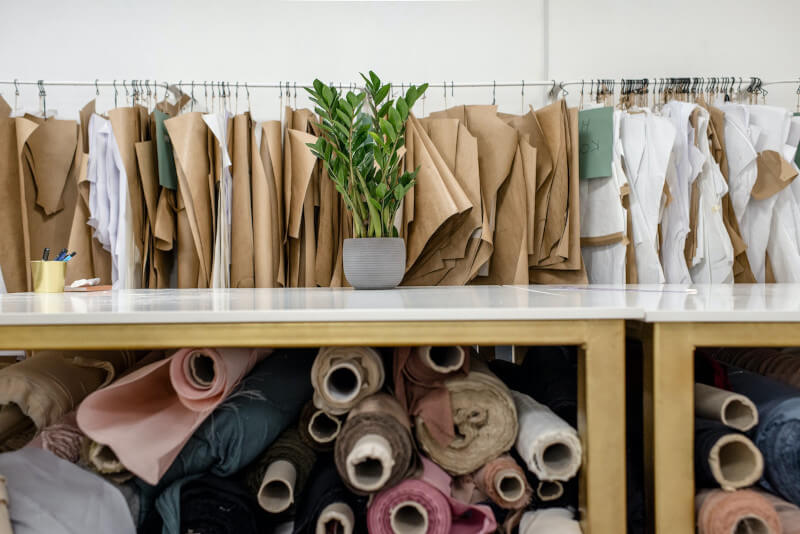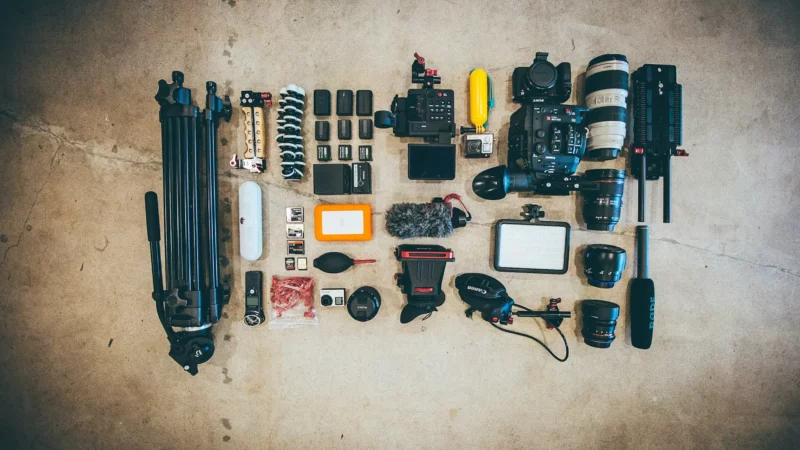The Process of Obtaining Licenses in the Fashion Business

Obtaining Licenses to Manufacture Prestige Brands
The brands that are contending at the top of the fashion pyramid are catering to a relatively small viewing public of individuals with high net worth. On the contrary, the value that is connected with luxury legacy brands is some of the best in the industry, and there are a great number of additional ways that could be recognized to delve into these assets.
Through the use of masstige product offerings, businesses have found one of the most fruitful means by which they can tap into a significantly larger market by capitalizing on the idealistic and exclusive values associated with their brands. The term “masstige” refers to both “affordable luxury” and “mass-prestige,” and it generally refers to the founding of product offerings in the beauty, eyewear, and perfume departments. These product offerings allow a luxury brand to apply high prices to a product, such as lipgloss or a fragrance.
In this scenario, however, fashion brands don’t construct their very own manufacturing facilities to gain access to these markets; rather, they enter into licensing agreements with businesses that are experts in the production of these products by the requirements that they have requested. Licensees who fulfill the role of a third-party supplier of manufacturing services include companies like Luxottica and L’Oreal, amongst others. A license, if you will, is a type of production contract that enables manufacturers to openly recognize the value brought by the label when it is connected to a good or service. In the paragraph that follows, we are going to have a conversation about the specifics of this agreement in greater depth.
An Explanation of the Licensing Agreement
In most cases, the licensing agreement will stipulate the existence of a partnership between the parties involved: a license holder (who owns the brand) and a licensee (the manufacturer). The approval to use a signature look and associated style in connection with the manufacturing and/or dispersion of one or more product lines is covered by the license. In most cases, the license has certain restrictions:
- Geographical area, to a particular region
- In connection with a particular channel of distribution
- For a specified period
The contract may stipulate that the copyright owner will be entitled to a royalty, which is defined as a percentage of the product’s retail price. In addition to this, the licensor is given an initial licensing fee. However, the licensor may also be requested to contribute to the publicity of the recently founded product line.
In contrast, the licensee is responsible for developing prototypes as well as samples of the final product. The licensee is also responsible for making decisions regarding pricing, dispersion, and the terms and conditions of sales. This, nevertheless, doesn’t imply that the licensor is precluded from contributing their viewpoints to other aspects of product managerial decisions.
On the other hand, in many instances, the licensor will continue to have a voice in the decision-making process regarding the advertising mix, as well as the media relations and communication strategy. The high level of interaction that exists between the parties makes the establishment of trust between them necessary. As was mentioned earlier, the two most important subcategories of licensing agreements are as follows:
Eyewear
Eyewear initially developed as a medical product but has since evolved into a fashionable accessory. Additionally, due to its high visibility, eyewear enables good brand awareness. A well-known example of an eyewear manufacturing company is Luxottica, which produces its brands in addition to distributing others’, such as Ray-Ban and Persol.
Fragrances
Perfumes also constitute a popular category for licensing because they reveal distinctive features, such as a short life cycle, a recognizable brand image, and the use of their products as gifts. In addition, perfumes are widely known because they present a niche market. An example of a company that manufactures fragrances is L’Oréal.
What Are the Advantages and Disadvantages of Obtaining a License?
Among the many advantages are:
- The division of responsibilities and obligations between the licensee and the licensor
- The receipt of an upfront licensing fee in addition to ongoing income royalties
- Increasing our speed to penetrate new markets and increasing our market share.
In contrast, it is incontestable that licensing comes with a few drawbacks, including the following:
- The ability of licensees to implement control and corporate social responsibility issues has been reduced.
- There is a possibility that the intellectual rights of the licensor will be violated.
- Because of licensing agreements, products may become less adaptable to changing market conditions.
As was mentioned earlier, the best way to prevent these problems is to establish a solid trusting foundation and alliance to eliminate any potential problems during the process of developing the final product.
Using Textiles and Natural Resources as a Potential Strategic Edge

When looking at the distribution chain, there are additional areas that companies can focus on to develop new edges that give them an advantage over their competitors. The retrieval of raw materials and the supply of textiles are both included in this category. The procurement of material properties and the production of textiles are two crucial aspects of the production process for any clothing company. Considering the following factors, textiles have the potential to enhance the overall perceived value of a company:
- Textiles, the fabric that goes into producing the finished article of clothing, contribute to the overall value proposition of the product.
- Certain types of consumers, known as connoisseurs, are more concerned with the quality of the fabric than they are with the brand name of the product.
- Vertical integration is a business strategy that textile companies can follow by maximizing the profit potential of their production.
Ingredient Branding Also Places an Emphasis on the Significance of Textiles
The practice of ingredient branding enables businesses to introduce a product that was at first created in the context of a business-to-business partnership to the marketplace to facilitate the product’s acquisition of acknowledgment in that market. Because of this, the focus on the label makes it possible to draw attention to a specific component of the product’s fabric (for example gore-tex, lycra, etc.) The publicity of the value of what is contained within a product as part of the argument to pay a higher price is an example of a win-win situation that occurs when ingredient branding is used.
The Final Thoughts
- The exploitation of economies of scale and the exploitation of the shares embedded in a brand are both made possible through the licensing of intellectual property.
- Brilliance in materials procurement can offer an essential advantage to attract the HNWI and collector consumers, and fabrics can be a point of strength for any fashion brand.
- The use of a company’s ‘behind-the-scenes’ collaborations to establish an effective promotional attraction for their products is made possible by ingredient branding.
- These cases demonstrate how the value chain isn’t only helpful from a logistical standpoint, but how can also be used at each phase as an effective advertising resource.



